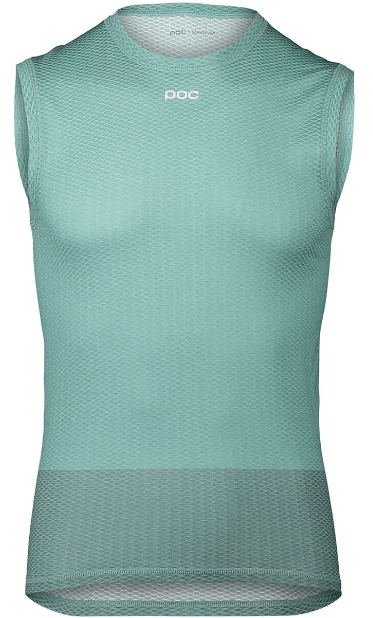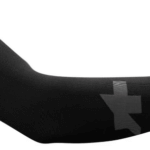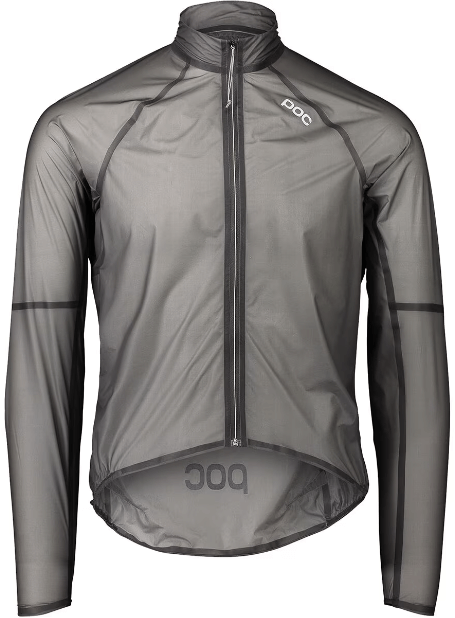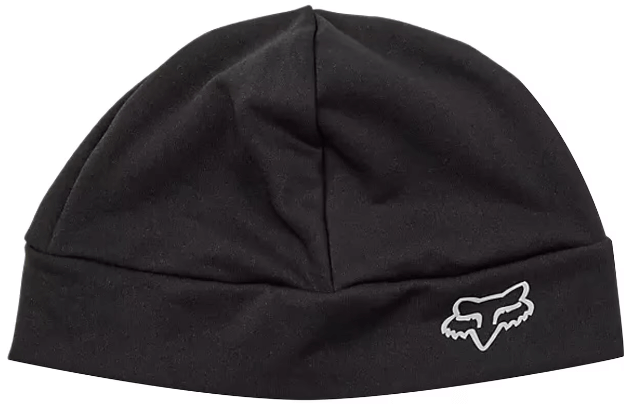With one of the most hospitable climates on the globe, it’s no wonder Thousand Oaks is an attractive destination for cyclists, especially during the winter months. The city’s Mediterranean climate ensures that winter temperatures are neither too chilly nor too warm, making it a favorite among locals and even enticing European Pro Cycling Teams to select the Conejo Valley as their winter training ground. Not bad!
While the weather is generally amicable, winter cycling in Thousand Oaks still presents its own unique set of challenges. But with proper preparedness and knowledge, you can ensure that your winter cycling experience is just as enjoyable, if not more so, than the warmer months.“Consider opting for shorter rides but upping the intensity on particularly cold days.”
Here’s a list of solutions:
1. Navigating Cooler Temperatures
The drop in temperature is the most immediate challenge cyclists face. The secret to enjoying these cooler climes is adopting a strategy of layered dressing. This approach allows you to add or remove clothing based on the fluctuating temperatures during your ride.
Quick Tips for Layered Dressing:
- Begin with a moisture-wicking base layer. This ensures that sweat is drawn away from your body, keeping you dry and comfortable.
- A light jacket or vest is essential for shielding against those biting winds
- Arm warmers and leg warmers come in handy, especially during those chilly early mornings.
- Always remember that it’s less cumbersome to shed a layer than to endure a cold ride. So pack accordingly.





Other Handy Accessories:
- Full-fingered gloves are non-negotiable. They ensure your fingers remain warm and help you maintain a steady grip on the handlebars. Pro Tip: Get gloves that are “touchscreen compatible” so you can use your phone without removing your gloves.
- Head warmers or skull caps play a crucial role, given that significant heat loss occurs through the head. These accessories guarantee you retain more warmth.
- Toe warmers are the unsung heroes of winter cycling. Slipping these on ensures your toes remain cozy
Staying active is key. The more you move, the more heat your body generates. Thus:
- Avoid extended breaks. Not only do they break your momentum, but they also cause your body temperature to drop.
- Consider opting for shorter rides but upping the intensity on particularly cold days. This ensures you stay warm throughout.
2. Dealing With Darkness
Fewer daylight hours means you’ll often be riding in low-light conditions. Safety should be your top priority here.
Essential Lighting:
- Always equip your bicycle with robust front and rear lights. This ensures you’re visible to motorists and helps you navigate the road ahead.
Brighten Up With Reflective Gear:
Invest in reflective clothing and gear. These enhance visibility, ensuring drivers can spot you from a distance.
- Vibrant neon colors are particularly effective during twilight hours, helping you stand out against the backdrop.
Plan Your Route Intelligently:
- Opt for well-illuminated paths or streets. The extra light makes your journey safer and more enjoyable.
- It’s also wise to familiarize yourself with the chosen route. This reduces the chance of encountering unexpected obstacles or challenges.
3. Rain – The Occasional Spoilsport
A rainy day doesn’t mean you have to lock your bicycle away.
“Puddles may seem harmless but often hide potholes or debris.”
Staying One Step Ahead:
- Keep an eye on the local weather forecasts through websites like Weather.com and WeatherBug.
Dress for the Rain:
- A good quality water-resistant or waterproof cycling jacket is indispensable on wet days.
- Equipping your bicycle with fenders significantly reduces water splashes, ensuring you remain relatively dry.
Prioritize Road Safety:
- Puddles may seem harmless but often hide potholes or debris. Avoid them when possible.
- Rain makes roads slippery. Adjust your speed, braking and cornering techniques to prevent accidents.
Post-Ride Bike Care:
- Always dry off your bicycle after a wet ride to prevent rusting.
- Regular cleaning and lubrication of the drivetrain ensure your bicycle remains in top condition.
Yes, winter presents its challenges, but with a bit of preparation and common sense, you can enjoy exhilarating rides even during these colder months. Remember, it’s not just about the destination but the journey. So gear up, stay safe and enjoy the ride.
John Swanstrom is an amateur mountain bike racer, a resident of Oak Park, and the founder of Cyclists Authority.

